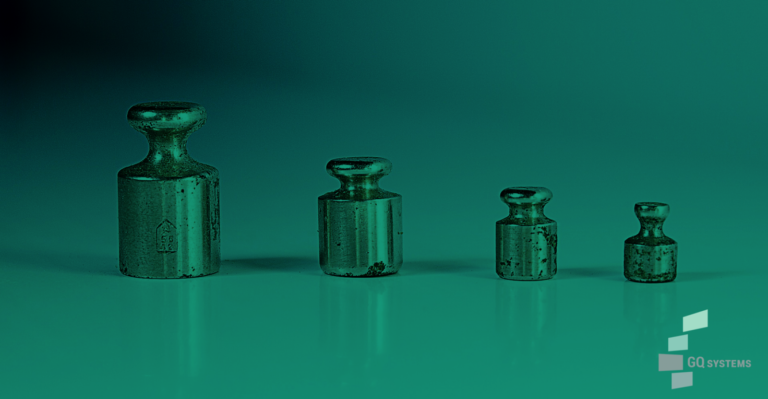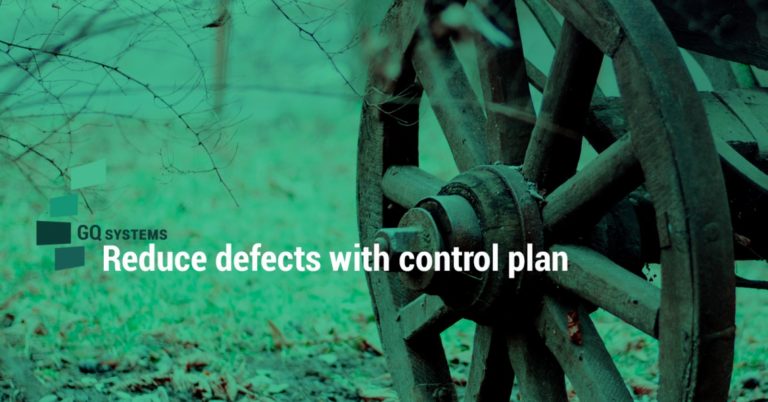The automotive industry is one of the leading areas which drives the rapid technology development.
Automotive part suppliers are very often directly involved in the design and development of new products. In this stage is an option to select the right material that provides the best performance and the highest quality. How?
Plastics such as PA, PP, ABS and PC are applied in many automotive components: from the interior parts as dashboard, door panels and middle consoles, to engine components and exterior parts as lighting or bumpers. High-performance polymers, such as PVC, PEEK, PPS, and PEI, are expensive and have a higher processing cost. The polymer specification is further useful to provide information to R&D enabling them to quantify the properties and provide guidelines for future product development.
Melting and processability properties
The producers of raw material must control the quality of polymers what they produce to assure the meeting of the requirement for specific applications. One of the key properties related to the processability is the Melt Flow Rate (MFR), which can be determined using a melt flow tester. The MFR is described as the mass of a material flowing through a die in a certain amount of time, at a specified temperature and the value of which is reported in g/10 minutes. Simply spoken, it shows how how easily can a melted polymer flow. The Melt Flow Tester is an easy-to-use tool to check the quality of a polymer, helps with selecting the best grade of polymer and predicts the polymer behavior in a number of processing techniques. Following ASTM D1238 and ISO 1133 standards, polymer producers and manufacturers can verify the quality of the product they receive from their supplier.

Thermo-mechanical properties
Properties such as heat deflection temperature (HDT) and vicat softening temperature (VST) tests are usually performed to evaluate the ability of polymers to keep their mechanical properties at high temperatures. Norms ASTM D648 and D1525 provide detailed testing procedures for this material property measurement. The polymer specimen is fully put in a fluid bath whose temperature is raised uniformly according to specific temperature rate. A predefined load or stress is applied to the specimen in order to measure the temperature at which it shows a set deflection (HDT test) or penetration (VST test). Higher HDT and VST values reached in a test show that the tested material is suitable for high-temperature applications. In case of bulk properties, HDT and VST test results also give an input on the surface properties of a polymer. At temperatures higher than those established by an HDT or VST test, it can be exptected that the polymer sample undergoes permanent deformation generating further surface defects.

Mechanical properties
If you want to understand and identify the potential causes of degradation, damage, aging, stresses and process issues, you should know the material properties. The automotive industry has strict safety standards where every single critical component has to be tested and be in accordance with precise technical specifications. Strength, durability, and safety-related characteristics are the main properties that are repeatedly tested. Impact testing on plastics and composite components is important and often used to help understand material failure properties and characterize mechanical resistance of polymer components to impact. Impact resistance is a critical measure of service life and is primarily responsible for ensuring product safety. Impact testing makes it possible to distinguish between brittle and ductile polymers and simulate material behavior at different temperatures and/or at different impact speeds. The testing is standardized in accordance with various ASTM and ISO standards to ensure compliance of polymer components in automotive applications. The most used impact tests are Izod and Charpy tests complying with ASTM D256, D4812, D6110 and ISO 179 & 180 standards.

The quality of components must be kept in each case. From selection and evaluation of raw materials to the performance and properties of the finished products.
Author: Jana Loskotova











